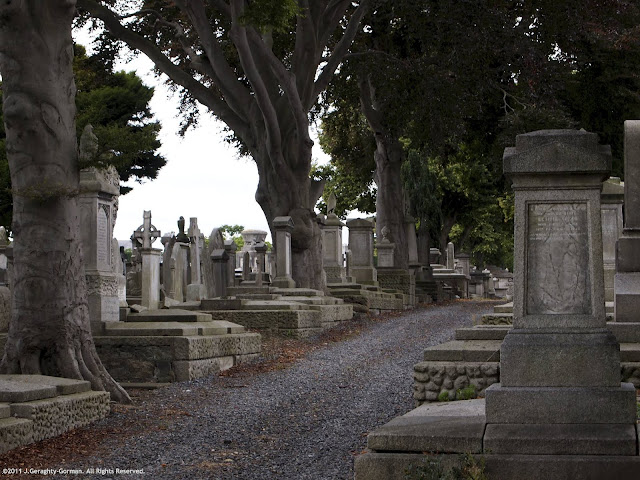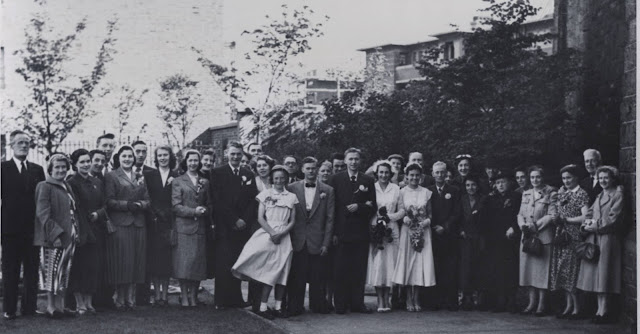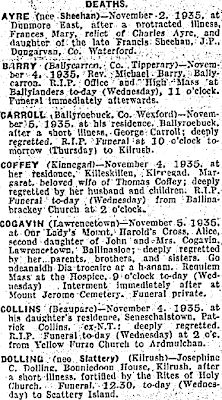'Seasons of Love', from the broadway play 'Rent', is one of my favourite songs, and as I began to reflect on the passages of the last year, this beautiful song was playing in my mind. The year 2012 is not one I would care to repeat for so many reasons; however, within the 525, 600 minutes of this particular year, in addition to the darkness which fell upon us, there was also light. There were positive lessons learned, and insights about love within a family, and loss, as well as about family history, and the importance of celebrating all of the 'seasons' of life.
In part, the lyrics of the song 'Seasons of Love' read,
Five hundred twenty-five thousand six hundred minutes
Five hundred twenty-five thousand journeys to plan
Five hundred twenty-five thousand six hundred minutes
How do you measure the life of a woman or a man?
In truths that she learned
Or in times that he cried
In bridges he burned
Or the way that she died
It's time now, to sing out
Though the story never ends
Let's celebrate
Remember a year in the life of friends
The first time I saw the play Rent was in 2001, in New York City, just nineteen days after the terrible day on which the planes struck the twin towers. We were in the old Nederlander Theatre down on West 41st Street — with almost a full house — and everyone in the audience and on stage seemed to be filled with the desire to embrace life. During the encore all those in the audience were on their feet. Through tears, and singing as loudly as we could, audience and cast were joined in unison belting out the song. It was a life affirming moment I will never forget. It taught me that no matter how dark life gets, it must be celebrated by those of us who remain.
So... as I thought about this past year, I realized it is possible to remember the bright moments which came along with the very dark.
Although January of 2012 ended with a diagnosis of terminal cancer for our beloved dog Sarah, we had her with us for nine weeks after her diagnosis. It gave us the time to truly appreciate Sarah and care for her in her last days, recognizing the light she brought into our lives. We had just over five years with our girl, and during that time she brought us more joy than we might have had if we'd been given five and twenty years, instead of just five. Losing Sarah in April made me realize how precious are all the creatures of this earth, no matter how great or small, and made me truly grateful that we have her little brother Ulee who is a bright spark of joy in our lives each and every day.
Springtime was further darkened by the loss of my mom, but there was light in the fact that we were able to let Mom know what she meant to us just before she died in May. In the hours before my mom fell into the deep sleep that is death, I leaned down, embraced my mother, looked into her eyes and said, 'I love you Mom', and my mom responded in kind. Mine was not the type of family in which we often said such things to one another. When I was growing up, parents and children had their roles to play, and you just got on with it. When my mom was dying it was as though I finally 'got it', unlike when I lost my dad.
I did not properly say goodbye to my dad because I think a part of me did not believe he would actually die, so I was more concerned about making sure his oxygen mask was on properly, and the butterfly bandages which delivered morphine stayed in place. The madness of those last moments, before Dad fell into his quiet sleep, leave a heartbreak which will never heal, but when my mom closed her eyes for the very last time, I was caressing her forehead and stroking her arm, telling her she was truly loved.
This year, in addition to looking inside libraries and archives for the history of my family, I looked outside, watched real life unfold, and wrote about what I observed. In the summertime I saw something in my older brother Mike which I had never before recognized, and I learned many life lessons from him, and the way in which he dealt with the death of his closest friend, Charlie.
One day in June brought with it a lovely surprise when this blog was named as one of Family Tree Magazine's Top 40 International Blogs. That very morning over coffee I had been telling my husband that I desperately needed something good to happen, anything good, and then it did.
September brought me back to Ireland again, but it felt so different this time. My observations were made with eyes that were opened wide. I watched faces and looked at places as though I had never before seen them, and would never again set eyes on them. Less time was spent in graveyards, and more time in the company of family. The flood gate holding back previously unasked questions burst open wide, and I allowed myself to be like an inquisitive seven year old who never stops asking why.
There have been far too many emotional bumps along the way this year, but we are still here, blessed with life and love, and a passion for living which beats so very strong within our hearts. So too, gratitude is here. Like an umbrella over all of life's blessings is the gratitude I feel for my own place in this world, and the thankfulness I feel toward each one of you for allowing me to share my journey with you. Thank You!
As we look forward to the new year, I wish for each one of you much love in your life and many blessings along the way, including many family history finds. May this world delight you each time you open your eyes to it, and may you always find some light within any darkness you might face.
It's time now, to sing out
Though the story never ends
Let's celebrate...
Copyright©irisheyesjg2012.
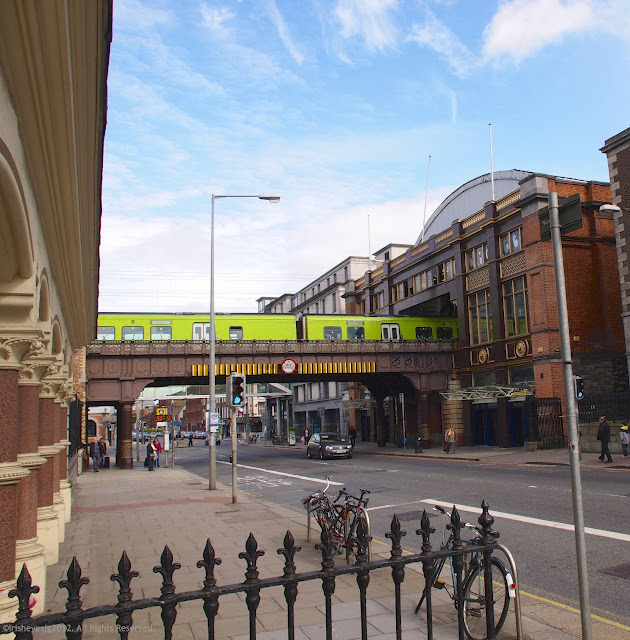
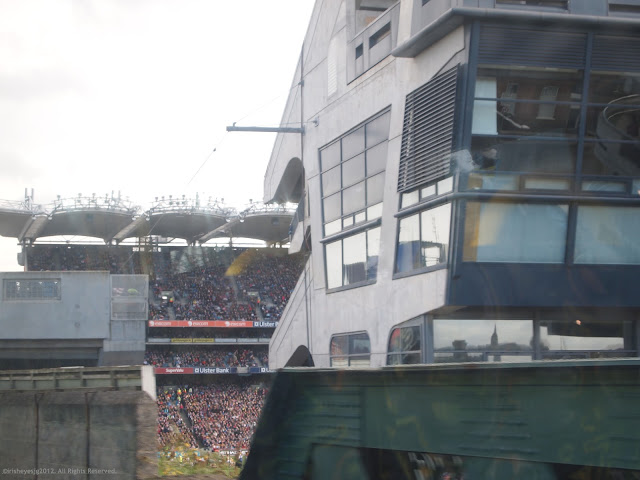
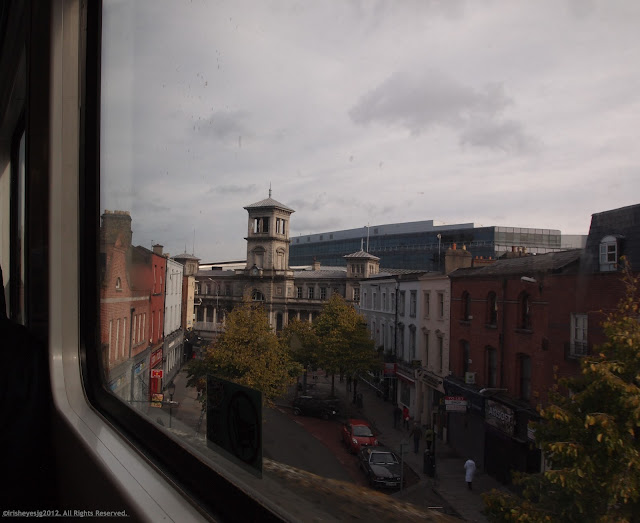










.jpg)
.jpg)
.jpg)
.jpg)

.jpg)




